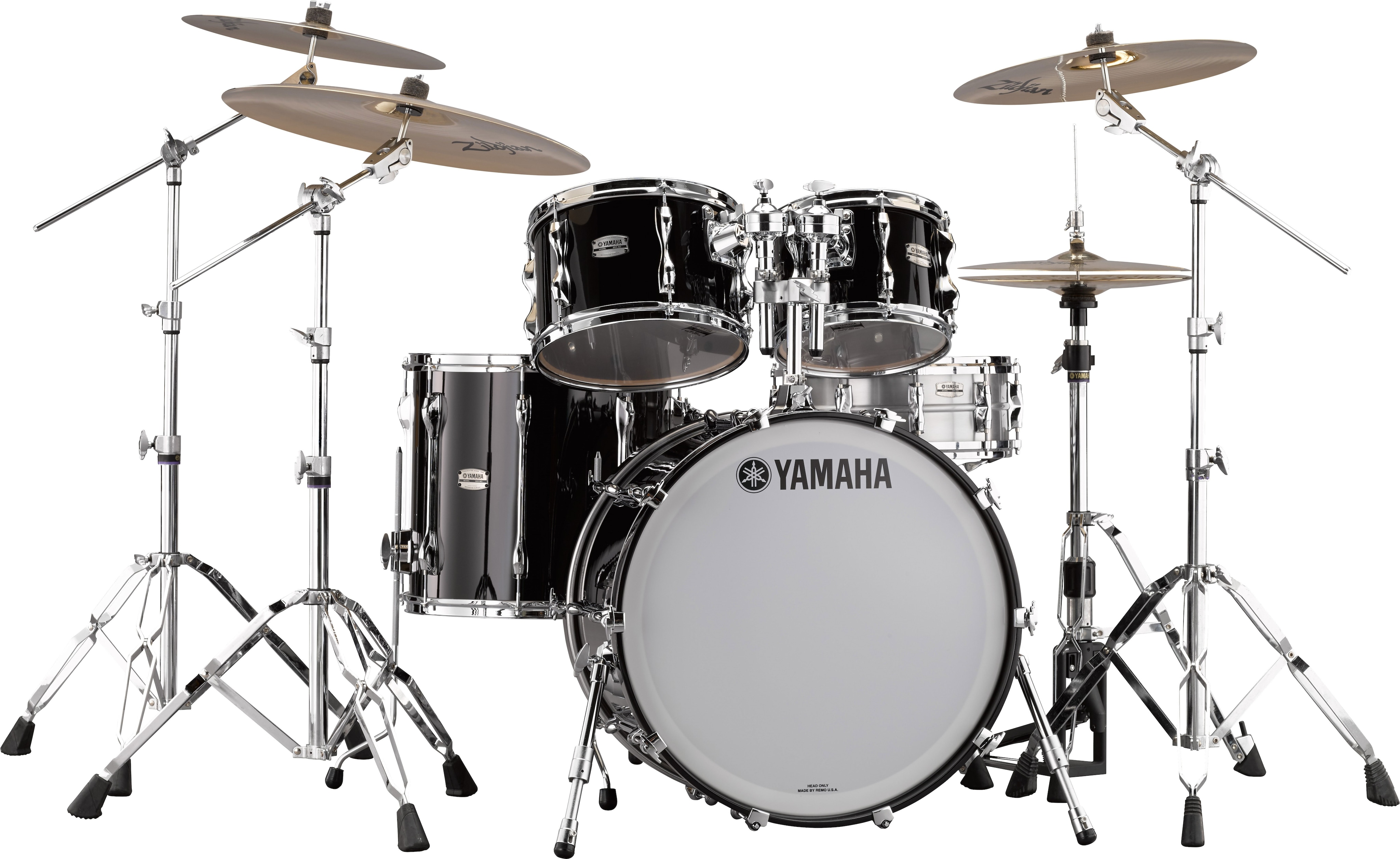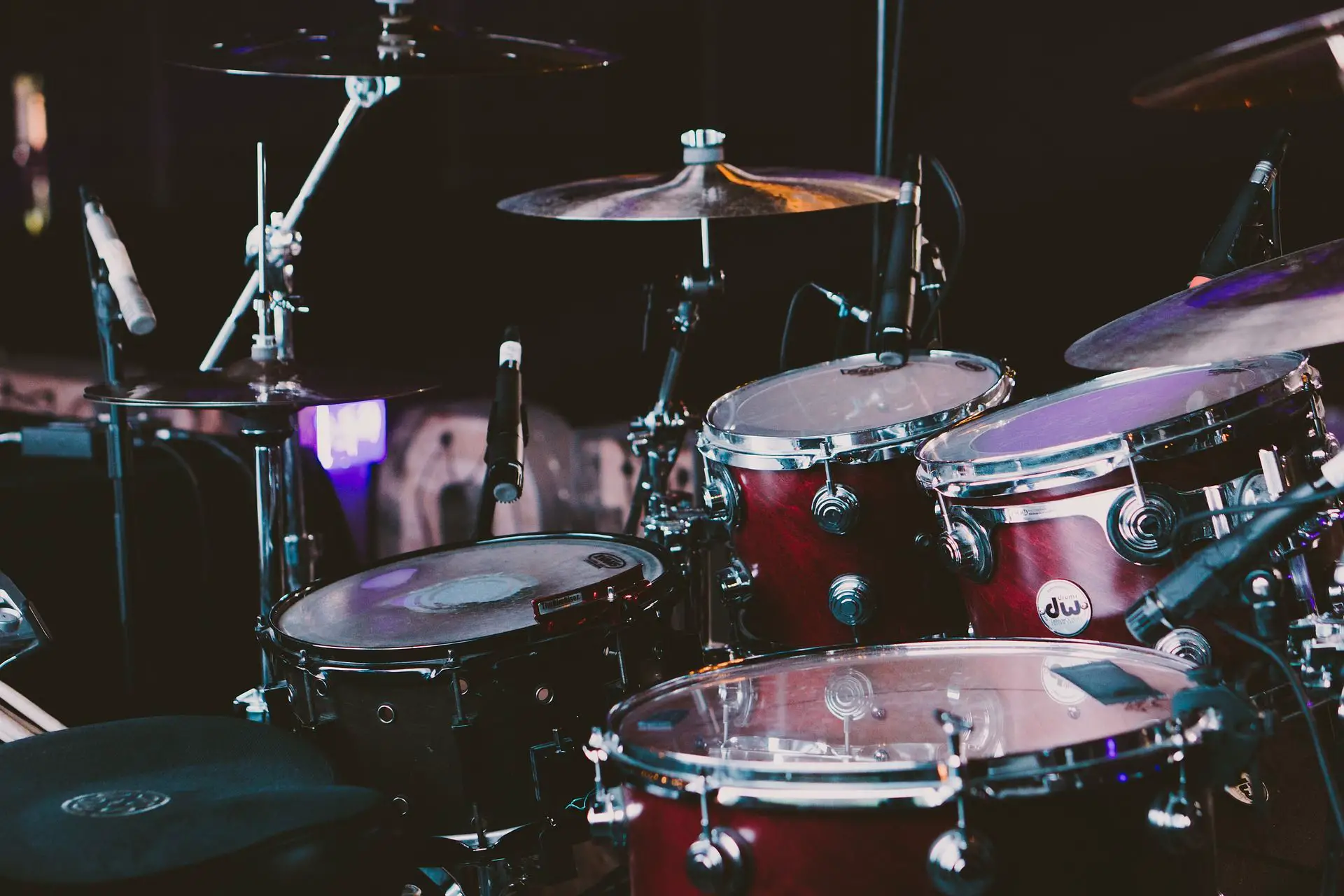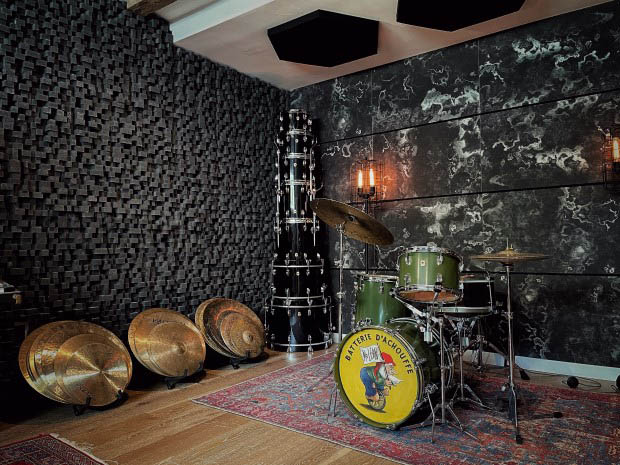Recording drums in a living room can be a challenge, but with the right techniques and equipment, you can achieve professional-quality sound without breaking the bank. Here are 10 tips to help you get the best drum recordings in your living room.Recording Drums in a Living Room: 10 Tips for Great Sound
Before you start recording drums in your living room, it's important to set up a proper home recording studio. This doesn't mean you need a dedicated room or expensive equipment. You can easily convert a corner of your living room into a functional recording space with a few key pieces.How to Set Up a Home Recording Studio in Your Living Room
If you have a small living room, don't worry. You can still achieve great drum recordings by using some clever techniques. One tip is to use a minimal drum kit with fewer cymbals to reduce clutter and improve sound quality. Another is to place the drums against a wall to reduce reflections and create a tighter sound.Recording Drums in a Small Space: Tips and Tricks
If you want to isolate your drum sound even further, you can create a DIY drum booth in your living room. This can be done with simple materials like PVC pipes, blankets, and foam panels. Not only will this improve the quality of your recordings, but it will also reduce noise for your neighbors.Creating a DIY Drum Booth in Your Living Room
The type of microphone you use can make a big difference in the sound of your drum recordings. For a living room setup, it's best to use dynamic microphones as they are more resistant to background noise and can handle high sound pressure levels. Some popular options include the Shure SM57 and the Audix D6.Best Microphones for Recording Drums in a Home Studio
One of the biggest challenges of recording drums in a living room is dealing with noise. To prevent sound from escaping and disturbing others, you can soundproof your living room. This can be done by adding sound-absorbing panels, sealing gaps and cracks, and using heavy curtains or blankets.How to Soundproof Your Living Room for Drum Recording
When recording drums in a small room, it's important to avoid certain mistakes that can negatively impact your sound. These include using too many microphones, placing the microphones too close to the drums, and not properly tuning the drums. Keep these in mind to ensure the best possible results.Recording Drums in a Small Room: Common Mistakes to Avoid
If you're on a budget, you can use household items for sound treatment in your living room. For example, hanging blankets or towels on the walls can absorb sound and reduce reflections. You can also use pillows or couch cushions to dampen the sound of the drums. Get creative and see what works best for your space.Using Household Items for Drum Sound Treatment in Your Living Room
When deciding which room in your living room to use for drum recording, consider factors like dimensions, materials, and furniture. A smaller room with carpeted floors and soft furnishings will provide better sound absorption than a larger, hardwood-floored room. Experiment with different rooms to find the best sound for your drums.Recording Drums in a Small Space: Choosing the Right Room
After recording your drums in a living room, the final step is to mix and master the tracks. This involves balancing the levels of each drum and adding effects like reverb and compression to enhance the sound. There are many tutorials and resources available online to help you learn the basics of mixing and mastering. With these 10 tips, you can successfully record drums in your living room and achieve professional-quality sound. Remember to experiment and have fun with your setup, and don't be afraid to try new techniques to find the perfect sound for your drums. Happy recording!How to Mix and Master Drums Recorded in a Living Room
The Benefits of Recording Drums in Your Living Room

Creating a Professional Sound in the Comfort of Your Own Home
 When it comes to recording drums, most people assume it can only be done in a professional studio. However, with the advancement of technology and accessibility to high-quality equipment, it is now possible to achieve a professional sound in the comfort of your own living room. Not only will this save you time and money, but it also allows for a more relaxed and creative atmosphere.
Recording drums in your living room
offers a unique opportunity to create a personalized sound that reflects your own style and personality. Unlike traditional studios, which may have limited options for drum sounds and equipment, in your living room you have the freedom to experiment with different setups and techniques. This allows for a more customized and authentic sound that cannot be replicated in a generic studio setting.
When it comes to recording drums, most people assume it can only be done in a professional studio. However, with the advancement of technology and accessibility to high-quality equipment, it is now possible to achieve a professional sound in the comfort of your own living room. Not only will this save you time and money, but it also allows for a more relaxed and creative atmosphere.
Recording drums in your living room
offers a unique opportunity to create a personalized sound that reflects your own style and personality. Unlike traditional studios, which may have limited options for drum sounds and equipment, in your living room you have the freedom to experiment with different setups and techniques. This allows for a more customized and authentic sound that cannot be replicated in a generic studio setting.
Maximizing Limited Space
 Living in a smaller home or apartment shouldn't limit your ability to record drums. In fact, smaller spaces can actually offer a more controlled and intimate sound.
Recording drums in your living room
allows you to utilize the natural acoustics of the room, resulting in a unique and dynamic sound. Additionally, with the use of soundproofing materials, you can minimize any outside noise and distractions, creating a more professional recording environment.
Living in a smaller home or apartment shouldn't limit your ability to record drums. In fact, smaller spaces can actually offer a more controlled and intimate sound.
Recording drums in your living room
allows you to utilize the natural acoustics of the room, resulting in a unique and dynamic sound. Additionally, with the use of soundproofing materials, you can minimize any outside noise and distractions, creating a more professional recording environment.
A Creative and Collaborative Space
 The living room is often considered the heart of the home, a place where people come together to relax and socialize. This makes it the perfect space for collaboration and creativity when it comes to recording drums. Whether you are working on a solo project or recording with a band, the living room provides a comfortable and familiar atmosphere for everyone involved. This can lead to a more organic and inspired recording session, resulting in a more authentic and polished sound.
Recording drums in your living room
not only offers a convenient and cost-effective option for musicians, but it also allows for a more personal and creative experience. With the right equipment and techniques, you can achieve a professional sound that reflects your own unique style. So why limit yourself to a traditional studio setting when your living room can offer so much more?
The living room is often considered the heart of the home, a place where people come together to relax and socialize. This makes it the perfect space for collaboration and creativity when it comes to recording drums. Whether you are working on a solo project or recording with a band, the living room provides a comfortable and familiar atmosphere for everyone involved. This can lead to a more organic and inspired recording session, resulting in a more authentic and polished sound.
Recording drums in your living room
not only offers a convenient and cost-effective option for musicians, but it also allows for a more personal and creative experience. With the right equipment and techniques, you can achieve a professional sound that reflects your own unique style. So why limit yourself to a traditional studio setting when your living room can offer so much more?































































:max_bytes(150000):strip_icc()/GettyImages-502191931-58f0523a5f9b582c4d00c47d.jpg)




























